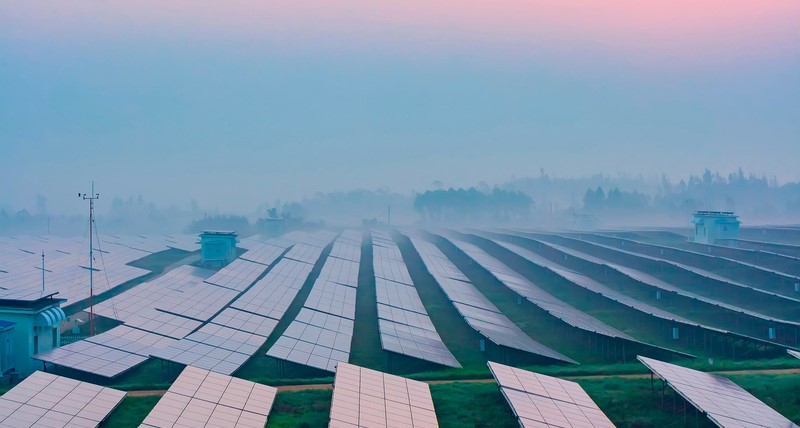- ORP (Oxidation Reduction Potential) is a popular water quality parameter that is normally measured as the voltage between a platinum measuring electrode and a reference electrode.
- Though ORP is classically based on a standard hydrogen electrode (SHE) as a reference, practical limitations to this approach cause most commercial ORP sensors to use an Ag/AgCl reference.
- ORP measurement results are relative to the reference electrode used in the sensor. Through known relationships, results can be converted to other reference systems like the SHE. The Hydrolab HL Series uses a KCl-saturated Ag/AgCl reference but reports results relative to it and the SHE.
- The measurement result from an ORP sensor represents the net status of all the oxidation and reduction reactions in the sample being measured. Positive results indicate an oxidizing environment and negative results indicate a reducing environment, when referencing the SHE. Together with pH, temperature, and knowledge of the dominant species in a sample, ORP results help predict the oxidation state of ions in solution and whether certain reactions may take place.

The Hydrolab ORP sensor available on Hydrolab sondes - Zobell’s solution is the most popular reference standard for ORP. Zobell’s is the easiest to find commercially and is more stable over time than Light’s solution or Quinhydrone. The Hydrolab HL Series incorporates the Zobell’s solution response to temperature into the calibration so that the user does not need to adjust the calibration value for temperature.
- The oxidation reduction potential of a solution is partially a function of temperature, which is reflected in the Nernst equation. Because all the constituents of natural waters are almost never known or quantified accurately, the relationship between ORP and temperature cannot be determined on a practical basis. However, noting the water temperature with the ORP result is recommended and encouraged to facilitate comparisons between measurement results.
- ORP electrodes are prone to fouling. Any substance on the electrode – whether organic or inorganic, visible or invisible, living or not – can lead to misrepresentative readings. The measurement results will reflect the ORP of the fouling substance rather than the bulk solution. For this reason it is important to keep the sensor clean and its surface smooth. The smooth surface minimizes surface area for contamination to occur.
- Results from two ORP sensors measuring the same solution will often be different. Differences often originate from varying amounts and types of contamination on the electrode and possibly variations in the potential of the reference electrode. This effect is magnified in waters that have fewer species that participate in oxidation-reduction reactions.
- ORP reference standards normally are very active from an oxidation or reduction potential standpoint and will dominate the measurement result. Therefore, two sensors measuring a reference standard may agree while they do not agree when measuring natural waters.
- For more information or help with ORP measurements with Ott Hydromet equipment, visit ott.com or contact the technical support team at techsupport@otthydromet.com.


